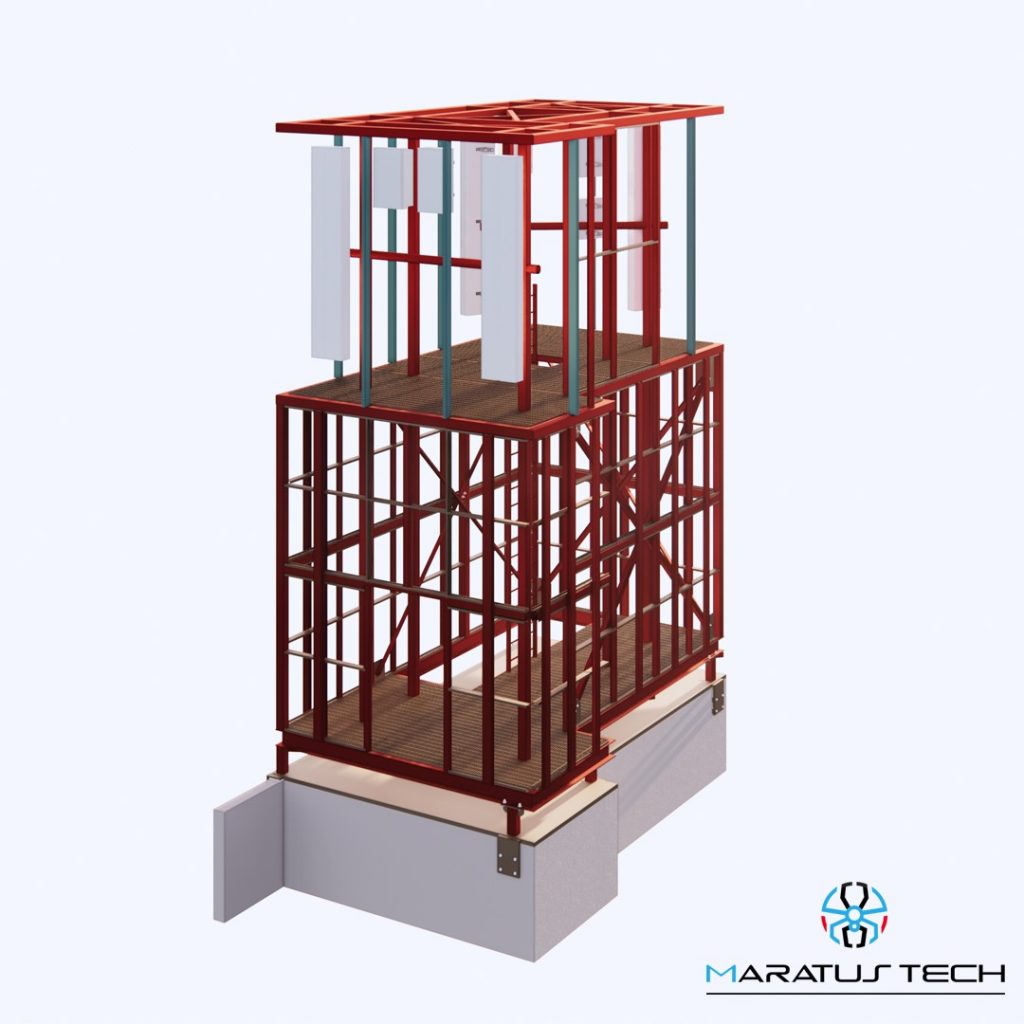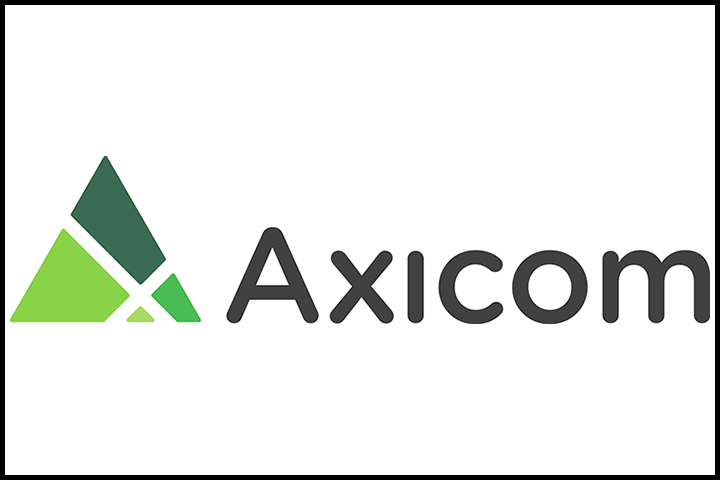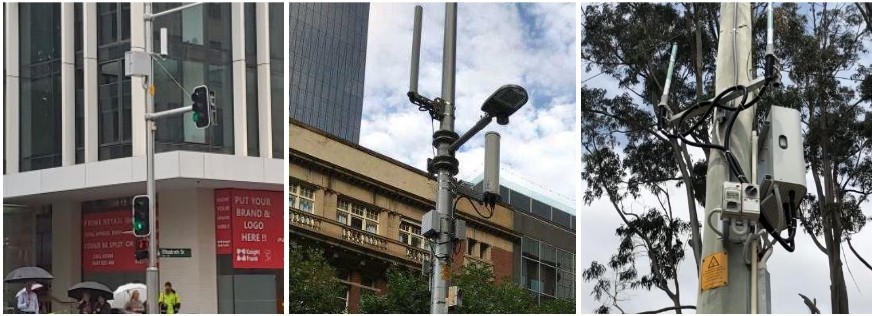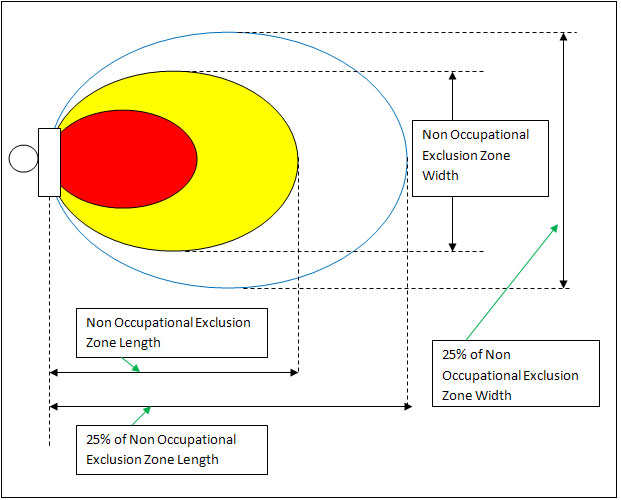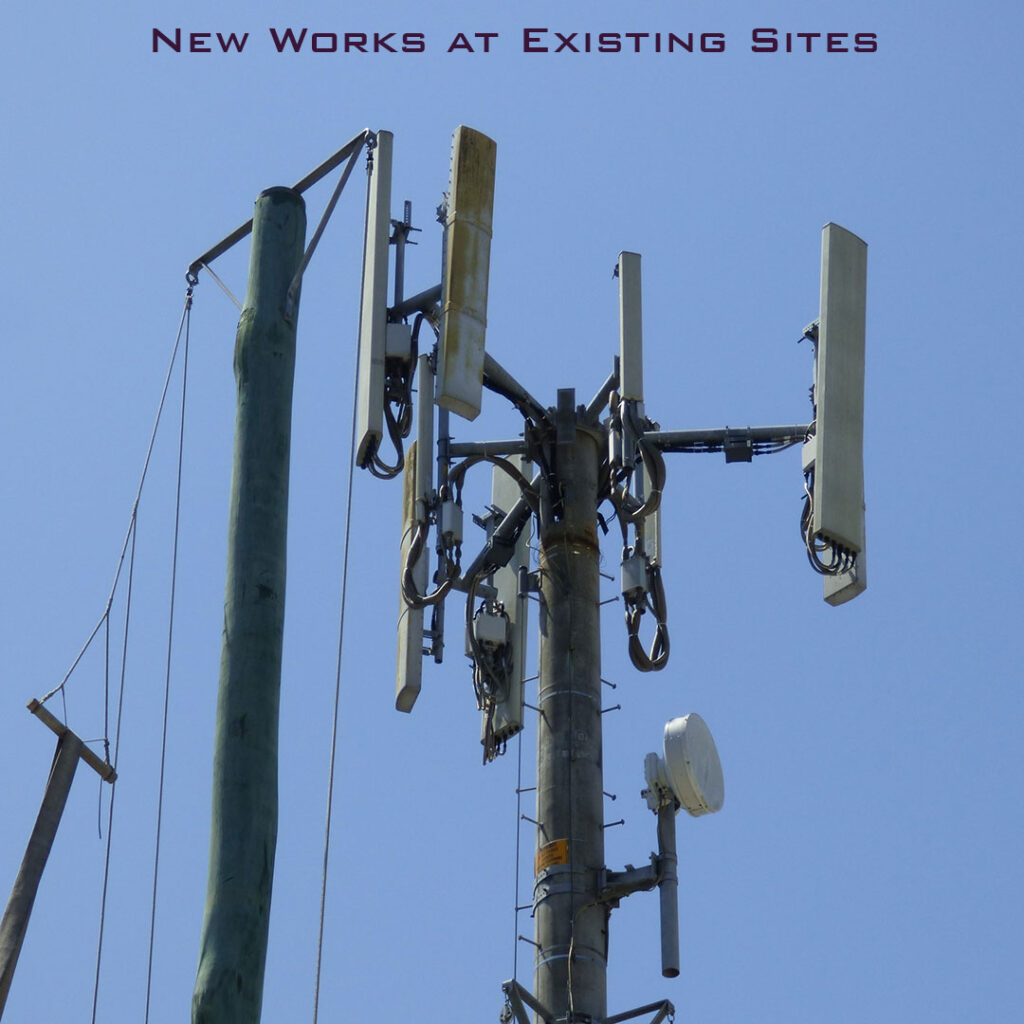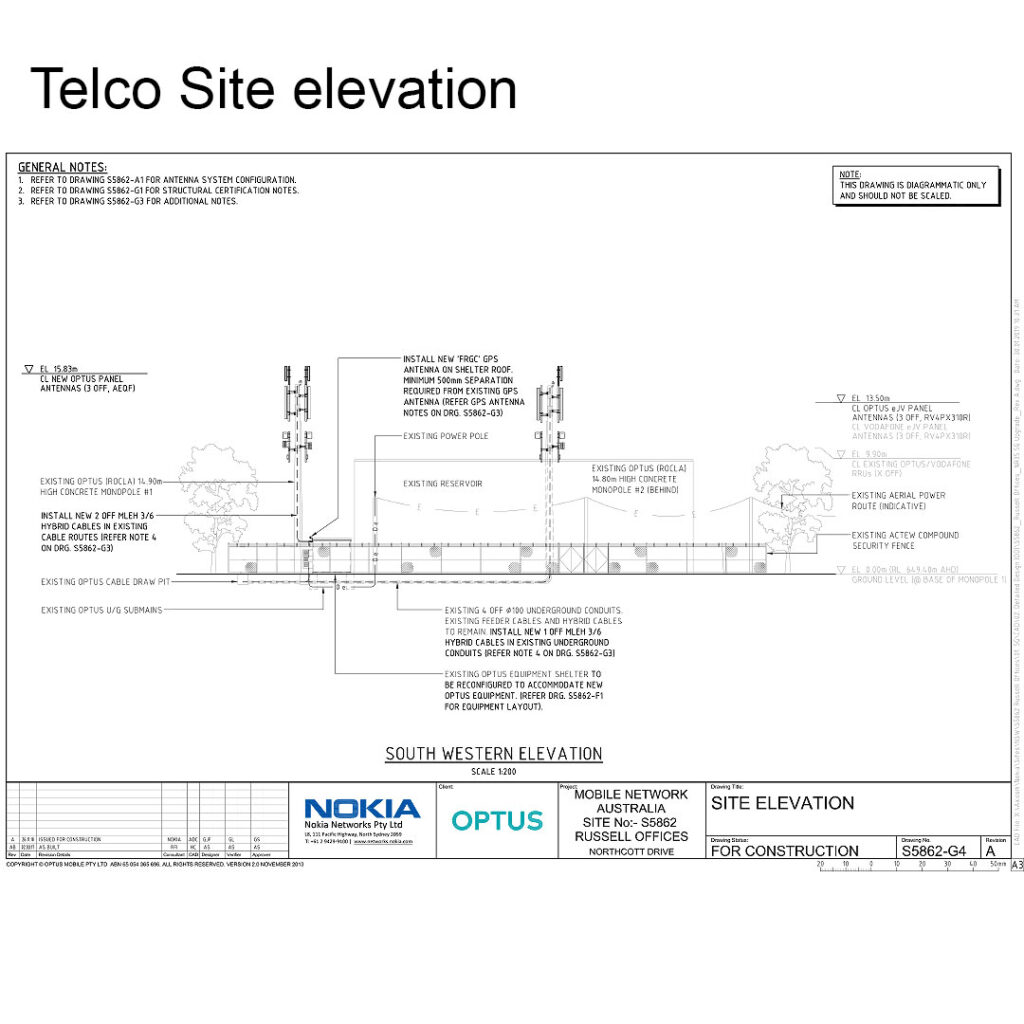Blog
Essential WHS Considerations for EJV Telco Sites: Ensuring Safety and Compliance

Work Health and Safety (WHS) is a critical aspect of managing EJV (Electronic Job Verification) telco sites. Ensuring the safety and well-being of workers while complying with regulatory requirements is paramount in the telecom industry. This guide provides an overview of essential WHS considerations, best practices, and compliance guidelines for EJV telco sites.
What is WHS?
Definition: Work Health and Safety (WHS) refers to the policies, procedures, and practices implemented to ensure the safety, health, and well-being of employees in the workplace. In the context of EJV telco sites, WHS focuses on minimizing risks associated with telecom infrastructure projects.
Purpose: The primary purpose of WHS is to:
- Protect workers from hazards and risks.
- Promote a safe and healthy work environment.
- Ensure compliance with regulatory standards.
Key WHS Considerations for EJV Telco Sites
- Risk Assessment:
- Hazard Identification: Identify potential hazards associated with telecom infrastructure and site conditions.
- Risk Evaluation: Evaluate the likelihood and impact of identified risks to prioritize mitigation measures.
- Site Safety Planning:
- Safety Protocols: Develop and implement safety protocols for all site activities.
- Emergency Procedures: Establish clear emergency response procedures and ensure all workers are trained to follow them.
- Training and Competency:
- Safety Training: Provide comprehensive safety training to all workers, including hazard awareness and safe work practices.
- Competency Verification: Ensure that all workers are competent and qualified to perform their tasks safely.
- Personal Protective Equipment (PPE):
- PPE Requirements: Define and enforce the use of appropriate PPE for different tasks and site conditions.
- Regular Inspections: Conduct regular inspections of PPE to ensure it is in good condition and meets safety standards.
- Communication and Reporting:
- Safety Communication: Maintain open lines of communication for reporting hazards, incidents, and near-misses.
- Incident Reporting: Establish a system for timely reporting and investigation of incidents to prevent recurrence.
- Contractor Management:
- Contractor Compliance: Ensure that all contractors and subcontractors adhere to WHS standards and protocols.
- Safety Inductions: Conduct safety inductions for all contractors before they commence work on site.
- Environmental Considerations:
- Sustainable Practices: Implement environmentally sustainable practices to minimize the impact of telecom projects on the environment.
- Waste Management: Ensure proper disposal and management of waste materials generated on-site.
Compliance Guidelines
- Regulatory Standards:
- Adhere to relevant WHS regulations and standards, such as those set by Safe Work Australia and local authorities.
- Regularly review and update WHS policies to ensure ongoing compliance.
- Audits and Inspections:
- Conduct regular WHS audits and inspections to identify areas for improvement and ensure compliance with safety standards.
- Documentation:
- Maintain detailed records of WHS activities, including risk assessments, training records, and incident reports.
- Continuous Improvement:
- Foster a culture of continuous improvement in WHS practices by encouraging feedback and implementing lessons learned from incidents.
Conclusion: Ensuring the safety and well-being of workers at EJV telco sites is essential for successful project execution. By following the key WHS considerations, best practices, and compliance guidelines outlined in this guide, telecom companies can create a safe and compliant work environment.


